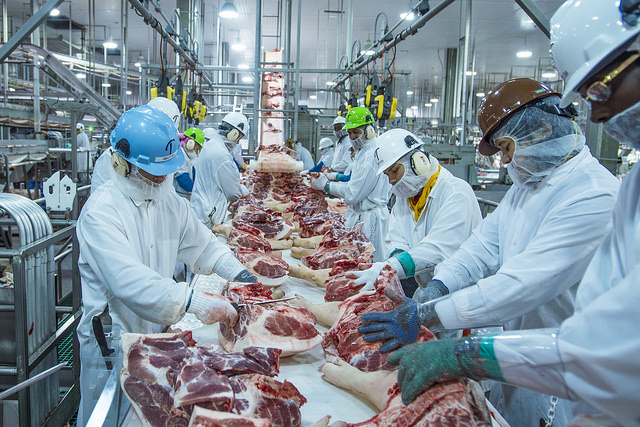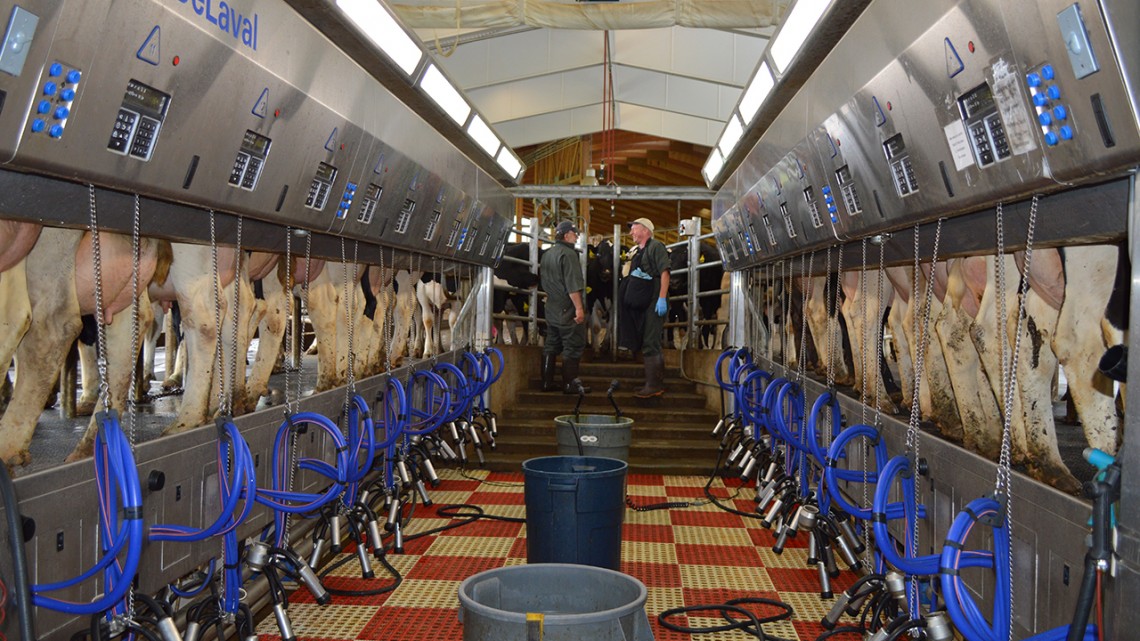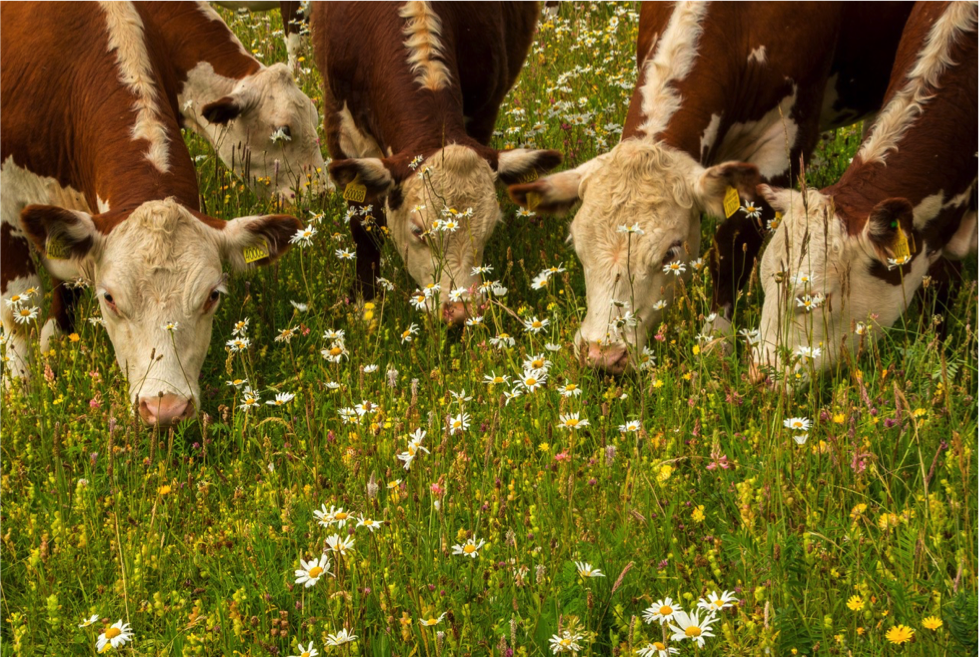



Weekly beef and dairy digest: JBS contends with fallout from cyberattack
JBS left with an $11-million bill after cyber attack and the FAO warns that food import costs could surge.US beef sales jump from previous week, but are still down on their four-week average
Net sales of 16,100 metric tonnes (MT) reported for 2021 were up 28% from the previous week, but down 17% from the prior four-week average.
Increases primarily for Japan (4,800 MT, including decreases of 600 MT), South Korea (4,000 MT, including decreases of 500 MT), Mexico (2,500 MT), China (2,300 MT, including decreases of 100 MT), and Indonesia (1,000 MT), were offset by reductions for Honduras (100 MT).
Exports of 21,100 MT-a marketing-year high-were up 70% from the previous week and 22% from the prior four-week average. The destinations were primarily to South Korea (5,400 MT), Japan (5,200 MT), China (4,600 MT), Mexico (1,500 MT), and Canada (1,300 MT).
FAO: World food import bill to rise 12%
The Food and Agriculture Organization of the United Nations (FAO) released a new report that shows the world food import bill in 2021 is likely to total $1.72 trillion in 2021, a 12% surge from its previous high of $1.53 trillion in 2020.
FAO says, “Global food trade is poised for a resilient year ahead even as international food commodity prices are set to remain high amid supply and demand uncertainties,” adding that trade flows continued to reach new highs in the midst of the COVID-19 pandemic.

“Trade in agricultural products — particularly less-perishable foods — performed more robustly than the broader merchandise sectors,” FAO reports. The organization found that the average global price of protein in May 2021 was up 23% from year-ago levels, while calories as measured in prices were up 34% from year-ago and the highest level since February 2013. FAO’s Food Outlook uses import values that capture what countries actually pay when they import food, including freight costs.
JBS paid hackers $11 million in ransom
JBS USA paid the equivalent of $11 million in ransom after a Russia-linked cyberattack disrupted its operations in North America and Australia, Andre Nogueira, CEO of JBS USA said in a statement.
The company says, “At the time of payment, the vast majority of the company’s facilities were operational. In consultation with internal IT professionals and third-party cybersecurity experts, the company made the decision to mitigate any unforeseen issues related to the attack and ensure no data was exfiltrated.” Also of note, JBS says that a preliminary investigation confirms no company, customer or employee data was compromised.
Ransomware payments are typically in the form of cryptocurrency payments, and the Wall Street Journal earlier this week reported the payment was made in bitcoin.
A cyberattack on Colonial Pipeline last month also resulted in the payment of $2.3 million in cryptocurrency ransom, though the US government has since recouped some of those funds.

USDA pre-rule on labeling of cell-based meat, poultry products under review at OMB
USDA’s Food Safety and Inspection Service (FSIS) has sent a pre-rule on labeling of meat and poultry products made using animal cell culture technology to the Office of Management and Budget (OMB) for review.
The Trump administration targeted April of this year to issue an advance notice of proposed rulemaking on the topic but had no final timeline identified when they included it in their regulatory agenda released in the fall of 2020.
A pre-rule is defined as a rule in the earliest stage of rulemaking and may include actions agencies are considering that may or may not ever become actual rules, according to the Congressional Research Service (CRS). So, it is not clear what kind of timeline the Biden administration has in mind relative to this topic, one that will be very closely watched by the US food and agriculture industry.
Chinese meat imports drop in May
China imported 790,000 MT of meat during May, down 14.4% from April and 3.3% less than May 2020. The preliminary import data doesn’t break down the individual category of meat imports. Through the first five months of the year, China brought in 4.34 MMT of meat, up 12.6% from the same period last year.

USDA weekly milk report
Fluid milk
US milk production is seasonally waning. The cool end of Midwest temperature swings into the 20s have slowed the decline but the highs into the 90s portend milk production trending lower. There are concerns about continuing dry conditions, as those conditions relate to crop progress for feed and forage.
Milk production is strong in the mountain states of Idaho, Utah, and Colorado, even long in Idaho, where milk is available at discounts of up to $6.00 under Class IV. Class I demand is shifting into a typical summer lull in much of the country. Western demand for Class II and III is growing. Spot milk prices ranged from $6.00 to $5.00 under Class III in the upper Midwest.
The milk surpluses are not expected to last much longer. Condensed skim markets are stable with limited availability at flat class pricing in some regions. Cream markets loosened this week but that is not expected to remain for long as summer heat develops.
Most butter plants report cream is available even with ice cream demand. Butter plant scheduled maintenance in coming weeks will help spread cream as overall supplies tighten. Cream multiples are 1.32 to 1.36 in the East, 1.20 to 1.36 in the Midwest, and 1.00 to 1.28 in the West.

Dry products
Low/medium and high heat non-fat dry milk (NDM) prices are mixed throughout US regions this week. Lower interest in low/medium heat NDM results from more condensed skim availability and buyers who feel NDM pricing will weaken. High heat NDM supplies are tight in the Central region. Demand in the West is weak, keeping downward pressure on prices.
The dry buttermilk price ranges are steady to higher while the mostly is lower. Buying activity is slow and dryer scheduling tends to prefer NDM. The dry whole milk price range contracted following mixed pricing. Dry whole milk markets are steadily focused on filling contracts.
The Central and Northeast dry whey price ranges are steady to higher. The West price range is steady. Export demand is steady, but some domestic buyers are slowing purchases. Whey protein concentrate 34% prices are steady to higher. Production is steady with demand stronger for preferred brands. Lactose prices are unchanged. Inventories are in good balance. Prices for acid casein and rennet casein are higher. Supply tightness is supporting price strength.
Organic dairy market news
Operators of a US creamery that suffered major damages from a fire earlier this spring continue to work through challenges. The dairy operation previously took in 500,000 pounds of milk a day from nearby farms. The operators are working with regional processors.

Reports indicate that most of the organic milk is being processed at other plants via conventional handling methods, as some operations do not have the operating capacity to isolate the organic milk while still taking in milk from their own conventional producers.
Trading in the organic feed corn markets is moderate on good buying activity. Organic corn traded $1.38 cents higher FOB this reporting period. Current demands for organic feed soybeans are firm on solid trading activities. Organic feed soybeans traded $2.63 higher FOB. There is limited forward contracting in organic food soybean markets. Trading activities are limited in organic soybean meal and soybean oil, however, markets are generally steady.
There are reports new crop forward contracting is a bit slow for organic feed wheat. Market trends and trading activities are inactive on all other organic grains at this time.
TheCattleSite News Desk
IMPORTANT NOTE: I am not a futures broker and do not manage any trading accounts other than my own personal account. It is my goal to point out to you potential trading opportunities. However, it is up to you to: (1) decide when and if you want to initiate any traders and (2) determine the size of any trades you may initiate. Any trades I discuss are hypothetical in nature.
Here is what the Commodity Futures Trading Commission (CFTC) has said about futures trading (and I agree 100%): 1. Trading commodity futures and options is not for everyone. IT IS A VOLATILE, COMPLEX AND RISKY BUSINESS. Before you invest any money in futures or options contracts, you should consider your financial experience, goals and financial resources, and know how much you can afford to lose above and beyond your initial payment to a broker. You should understand commodity futures and options contracts and your obligations in entering into those contracts. You should understand your exposure to risk and other aspects of trading by thoroughly reviewing the risk disclosure documents your broker is required to give you.



